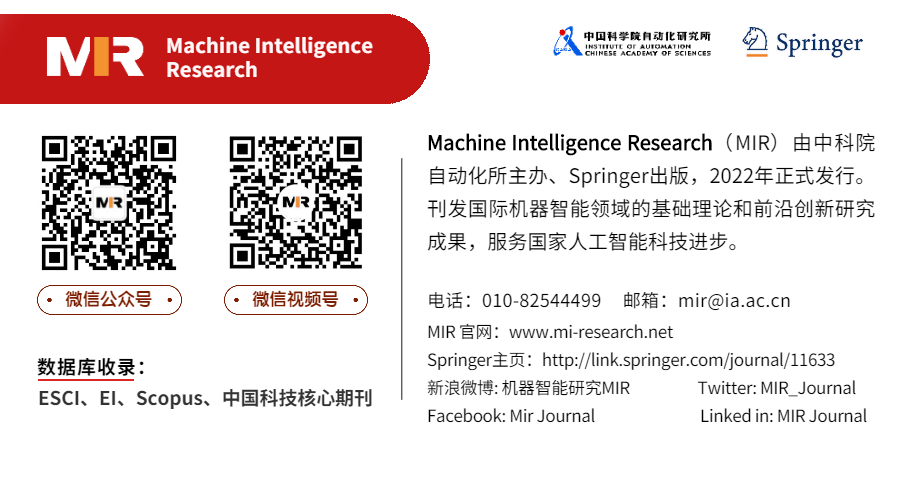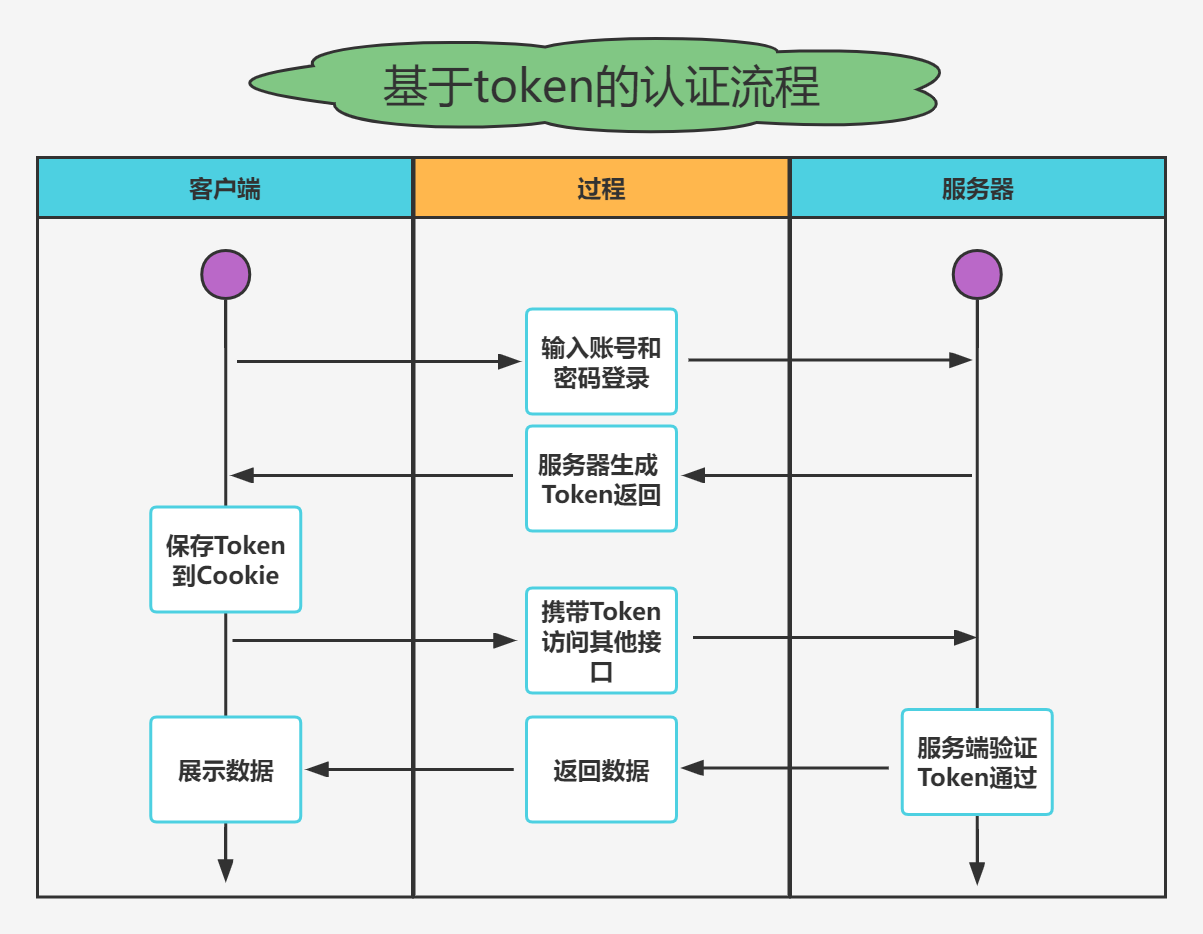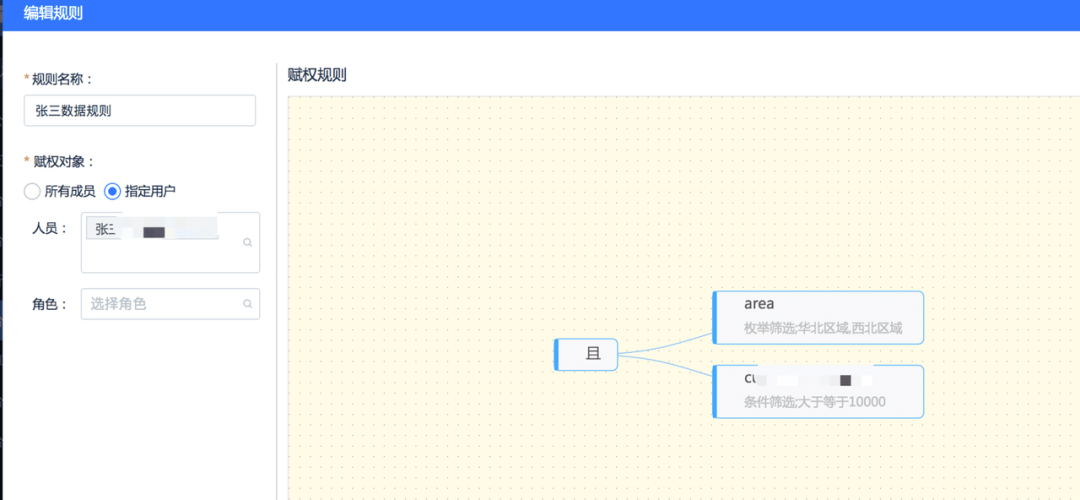当前位置:网站首页>Selected review | machine learning technology for Cataract Classification / classification
Selected review | machine learning technology for Cataract Classification / classification
2022-07-04 20:26:00 【Zhiyuan community】
【MIR Reading guide 】 Worldwide , Cataract is the main cause of visual impairment and blindness . these years , Researchers have made great progress in developing the most advanced machine learning technology for automatic Cataract Classification and classification , Aimed at early prevention of cataract , Improve the diagnostic efficiency of clinicians . The research team from Southern University of science and technology comprehensively reviewed Cataract Classification Based on ophthalmic images / The latest development of hierarchical machine learning technology . This paper summarizes the existing literature from the two directions of traditional machine learning methods and deep learning methods , And in-depth analysis of the advantages and limitations of the existing research . Besides , The article also discusses the automatic Cataract Classification Based on machine learning technology / Some challenges faced by grading technology , And put forward possible solutions for future research .


According to the World Health Organization , Around the world 22 Billion people suffer from visual impairment . Cataracts account for about% of visual impairment 33%, It is the number one cause of blindness worldwide ( exceed 50%). Cataract patients can improve their quality of life and vision through early intervention and cataract surgery , This is to reduce the blindness rate at the same time 、 An effective method to reduce the burden of blindness caused by cataract in society .
Clinically , When proteins in the crystalline body gather , The transparency of lens area decreases , And then cause cataracts . This is related to many factors , For example, dysplasia 、 Trauma 、 Metabolic disorders 、 Genetic factors, 、 Drug induced changes 、 Age etc. . Heredity and age are the two most important factors that cause cataracts .
In the last few years , Ophthalmologists based on their experience and clinical training , Use several ophthalmic images to diagnose cataracts . This manual diagnosis mode is easy to make mistakes 、 Time consuming 、 Subjective and costly , And experienced clinicians are scarce , This gives developing countries 、 rural 、 Cataract screening and diagnosis and treatment in the community bring great challenges . In order to prevent cataract in the early stage , Improve the accuracy and efficiency of cataract diagnosis , Researchers are committed to developing computer-aided diagnosis (CAD) technology , Including traditional machine learning methods and deep learning methods , For different ophthalmic images , Realize the automatic classification of cataract / classification .
In the past decade , Deep learning has achieved great success in all fields , Including medical image analysis . It can learn low-level from raw data in an end-to-end way 、 Intermediate and advanced feature representation ( for example , Ophthalmic image ). Various deep neural network models have been used to deal with Cataract Classification / Graded tasks , For example, convolutional neural networks (CNN)、 Attention based networks 、 Fast RCNN And multi-layer perceptron (MLP) neural network .
The existing review articles summarize the types of cataract 、 Cataract Classification / Grading system and ophthalmic imaging mode ; However , So far, no article has systematically summarized the automatic Cataract Classification Based on ophthalmic imaging mode / classification ML technology . This paper summarizes systematically for the first time ML Technology for automatic Cataract Classification / The latest progress in grading , Focus on Cataract Classification / In grading ML technology , Including tradition ML Methods and deep learning methods .
This paper summarizes Web of Science、Scopus and Google Scholar Related papers in the database . Based on the collected papers 、 Summary of the research team and communication with experienced ophthalmologists , It forms the overall organizational framework of this paper ( As shown in Fig. 1 ). The research team also briefly reviewed ophthalmic imaging patterns 、 Cataract grading system and common evaluation methods , And gradually introduced ML technology , In order to provide a valuable summary for the current research , And based on ML Cataract Classification / The classification points out the potential research direction in the future .


Machine Learning for Cataract Classification/Grading on Ophthalmic Imaging Modalities: A Survey
Xiao-Qing Zhang, Yan Hu, Zun-Jie Xiao, Jian-Sheng Fang, Risa Higashita, Jiang Liu
https://link.springer.com/article/10.1007/s11633-022-1329-0
https://www.mi-research.net/en/article/doi/10.1007/s11633-022-1329-0
【 The author of this article 】

About Machine Intelligence Research
Machine Intelligence Research( abbreviation MIR, Original title International Journal of Automation and Computing) Sponsored by the Institute of automation, Chinese Academy of Sciences , On 2022 It was officially published in .MIR Based on the domestic 、 Global oriented , Focus on serving the national strategic needs , Publish the latest original research papers in the field of machine intelligence 、 review 、 Comments, etc , Comprehensively report the basic theories and cutting-edge innovative research achievements in the field of international machine intelligence , Promote international academic exchanges and discipline development , Serve the progress of national artificial intelligence science and technology . The journal was selected " China Science and technology journal excellence action plan ", Has been ESCI、EI、Scopus、 The core journals of science and technology in China 、CSCD Wait for the database to include .

边栏推荐
- Multi table operation inner join query
- Crystal optoelectronics: ar-hud products of Chang'an dark blue sl03 are supplied by the company
- Kotlin cycle control
- How is the entered query SQL statement executed?
- What does the neural network Internet of things mean? Popular explanation
- Chrome开发工具:VMxxx文件是什么鬼
- 1008 elevator (20 points) (PAT class a)
- Key rendering paths for performance optimization
- Dynamic memory management
- 解密函数计算异步任务能力之「任务的状态及生命周期管理」
猜你喜欢

Huawei Nova 10 series supports the application security detection function to build a strong mobile security firewall

多表操作-外连接查询

c# .net mvc 使用百度Ueditor富文本框上传文件(图片,视频等)

记一次 .NET 某工控数据采集平台 线程数 爆高分析

Free soldier
![Regular replacement [JS, regular expression]](/img/66/abfe0bd6050b7266ad269d655be644.png)
Regular replacement [JS, regular expression]

Actual combat simulation │ JWT login authentication

What does the neural network Internet of things mean? Popular explanation

Application practice | Shuhai supply chain construction of data center based on Apache Doris

Siemens HMI download prompts lack of panel image solution
随机推荐
Basic use of kotlin
What should we pay attention to when doing social media marketing? Here is the success secret of shopline sellers!
Qt编写物联网管理平台38-多种数据库支持
Integretee integrates into Moonriver through xcm, bringing enterprise class privacy solutions to its ecosystem
Six stones programming: about code, there are six triumphs
Why is the maximum speed the speed of light
【毕业季】绿蚁新醅酒,红泥小火炉。晚来天欲雪,能饮一杯无?
c# . Net MVC uses Baidu ueditor rich text box to upload files (pictures, videos, etc.)
Write it down once Net analysis of thread burst height of an industrial control data acquisition platform
Every time I look at the interface documents of my colleagues, I get confused and have a lot of problems...
Installation and use of VMware Tools and open VM tools: solve the problems of incomplete screen and unable to transfer files of virtual machines
[today in history] July 4: the first e-book came out; The inventor of magnetic stripe card was born; Palm computer pioneer was born
Process of manually encrypt the mass-producing firmware and programming ESP devices
C server log module
黑马程序员-软件测试--07阶段2-linux和数据库-09-24-linux命令学习步骤,通配符,绝对路径,相对路径,文件和目录常用命令,文件内容相关操作,查看日志文件,ping命令使用,
Decryption function calculates "task state and lifecycle management" of asynchronous task capability
[graduation season] green ant new fermented grains wine, red mud small stove. If it snows late, can you drink a cup?
做社交媒体营销应该注意些什么?Shopline卖家的成功秘笈在这里!
What is the application technology of neural network and Internet of things
凌云出海记 | 文华在线&华为云:打造非洲智慧教学新方案